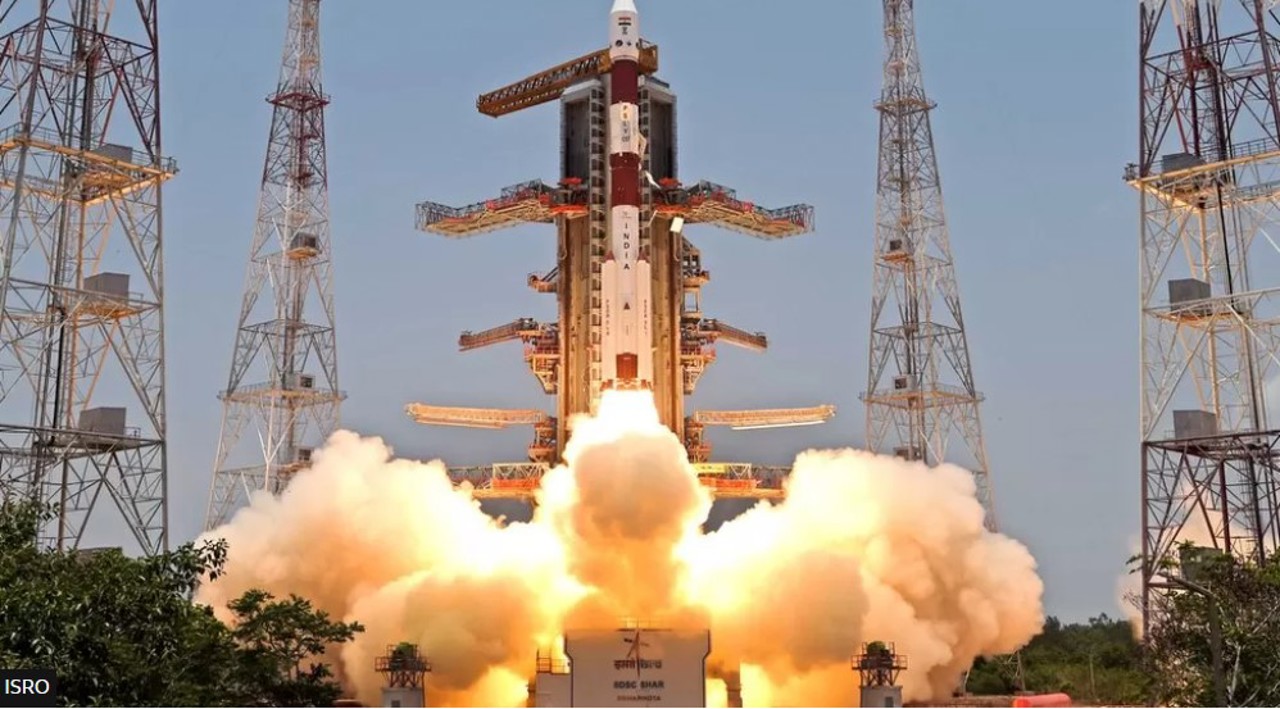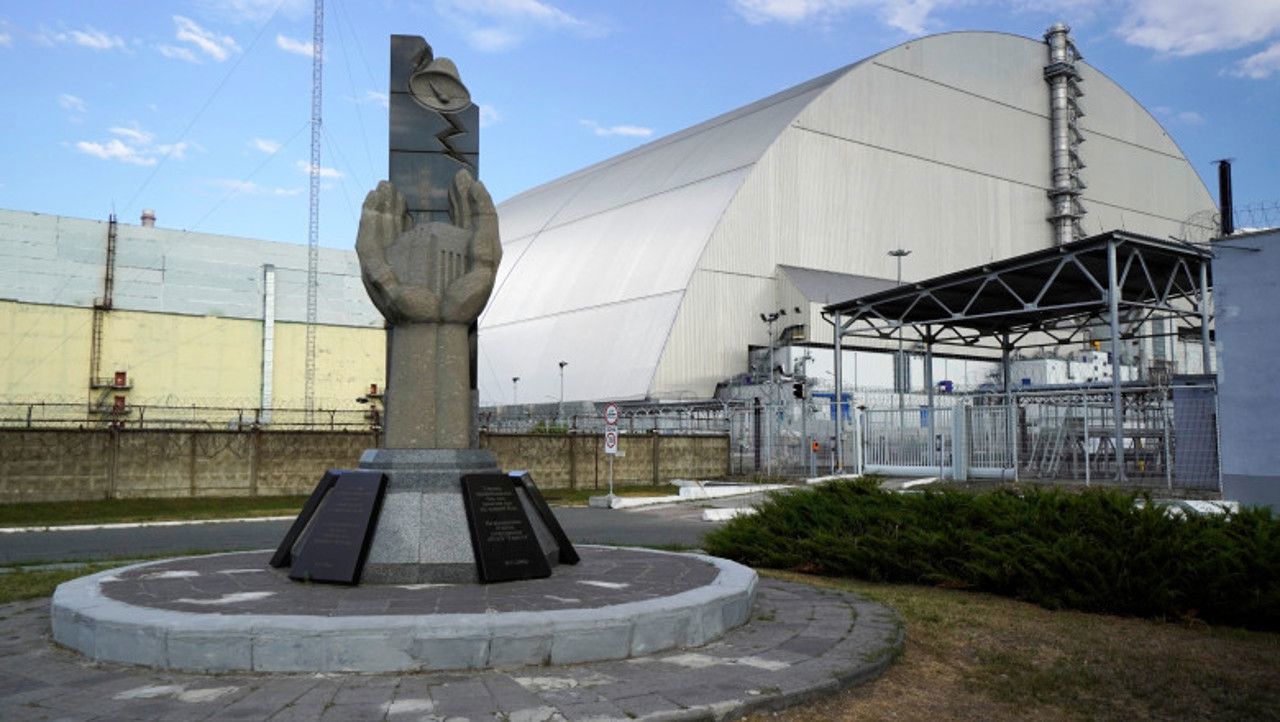India launches first solar mission
India launched its first solar mission on Saturday, just days after becoming the first country to land a spacecraft near the South Pole of the Moon, according to the BBC.

The Aditya-L1 spacecraft lifted off from the Satish Dhawan Space Center in Sriharikota at 11:50 a.m. local time. It will travel 1.5 million kilometers from Earth, or about 1% of the distance between the Earth and the Sun.
The Indian Space Research Organization (ISRO) says it will take four months for Aditya-L1 to reach its destination.
India's first spacecraft to study the solar system's largest object is named after Surya, the Hindu god of the Sun, also known as Aditya. L1 stands for Lagrange point 1, the exact location between the Sun and Earth that the Indian spacecraft is headed for.
According to the European Space Agency, a Lagrange point is a location where the gravitational forces of two large objects, such as the Sun and Earth, cancel each other out, allowing a spacecraft to "park."
Once Aditya-L1 reaches this "parking spot," it will be able to orbit the Sun at the same speed as Earth. This means that the satellite will need very little fuel to operate.
If Aditya-L1 is successful, India will join a select group of countries that are already studying the Sun.
Japan was the first to launch a mission in 1981 to study solar flares, and the U.S. space agency NASA and the European Space Agency (ESA) have been tracking the Sun since the 1990s.
In February 2020, NASA and ESA launched the Solar Orbiter together, which is studying the Sun from close up and collecting data that scientists say will help them understand the causes of its dynamic behavior.
In 2021, NASA's newest spacecraft, Parker Solar Probe, made history by becoming the first to fly through the Sun's corona.
Translation by Iurie Tataru




